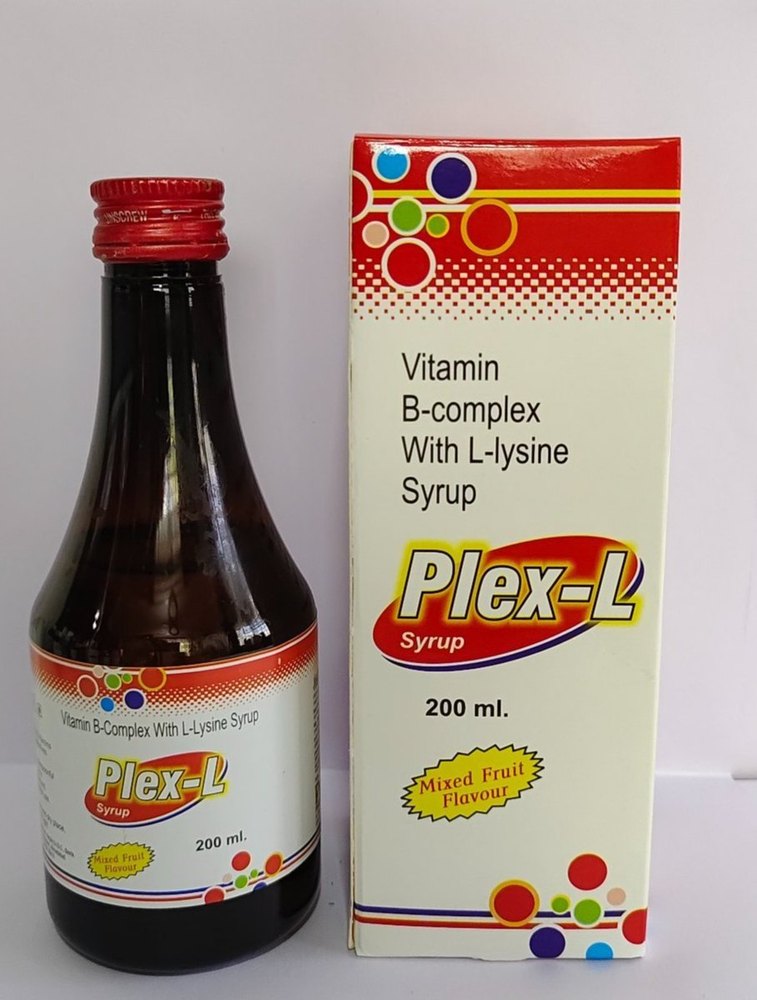XTUM
XTUM Injection: Quick Overview
XTUM Injection contains Ceftriaxone 375mg and is made by Shreya Life Sciences Pvt Ltd. It’s available in Nepal. (Other strengths like 750mg and 1.5gm are also available.)
Description
XTUM Injection (Ceftriaxone)
XTUM Injection contains Ceftriaxone 375mg and is made by Shreya Life Sciences Pvt Ltd. It’s available in Nepal, and while the exact retail price isn’t specified, other strengths like 750mg and 1.5gm injections are also available.
What it’s Used For (Indications)
XTUM Injection is a strong antibiotic used to treat a wide range of serious bacterial infections, including:
- Severe Infections: Pneumonia, Meningitis, Septicemia (blood infection), and Typhoid fever.
- Other Infections: Acute otitis media (ear infections), Lyme disease, Pelvic inflammatory disease, Skin and soft-tissue infections, Gonorrhea, Respiratory tract infections, Urinary tract infections, Bone and joint infections, and Chlamydia infection.
- It’s also used for Surgical Prophylaxis (to prevent infections during surgery).
Dosage Information
- Adults:
- General Susceptible Infections: 1-2 grams per day, given intravenously (IV) or intramuscularly (IM). For very severe infections, the dose can go up to 4 grams per day.
- Complicated Intra-abdominal Infections (mild-to-moderate, community-acquired): 1-2 grams IV daily (as a single dose or divided every 12 hours) for 4-7 days, usually with metronidazole.
- Meningitis: 2 grams IV every 12 hours for 7-14 days.
- Acute Uncomplicated Pyelonephritis (Kidney Infection): 1-2 grams IV once daily.
- Typhoid Fever: 2 grams IV once daily for 14 days.
- Surgical Prophylaxis: 1 gram IV administered 0.5-2 hours before the surgical procedure.
- Uncomplicated Gonococcal Infections (pharynx, cervix, urethra, or rectum): A single 250 mg IM dose of ceftriaxone plus 1 gram oral azithromycin (preferred), or alternatively, doxycycline 100 mg orally every 12 hours for 7 days.
- Pelvic Inflammatory Disease: A single 250 mg IM dose, given with doxycycline, and sometimes with metronidazole, for 14 days.
- Children:
- General IV/IM Dosing: 50–75 mg/kg/day, with a maximum dose of 2 grams per day, given once every 24 hours.
- Acute Otitis Media (AOM): 50 mg/kg IM (maximum 1 gram), for 1–3 doses, given once every 24 hours.
- Meningitis: 100 mg/kg/day (maximum 4 grams per day), given every 12 hours.
- Kidney Impairment: Dose adjustments are necessary. If your creatinine clearance (CrCl) is less than 10 ml/min, the maximum daily dose is 2 grams.
How to Administer
- Intravenous (IV) Administration: Infuse slowly over 30 minutes.
- Intramuscular (IM) Administration: Inject deep into a large muscle mass
Important Warnings & Precautions
- Don’t use if: You’re hypersensitive to cephalosporins (a type of antibiotic) or if you’re a hyperbilirubinemic neonate (a newborn with high bilirubin levels).
- CRITICAL WARNING: Do NOT use calcium or calcium-containing solutions/products (including IV fluids) with or within 48 hours of ceftriaxone administration. This can lead to the formation of fatal precipitates in the lungs and kidneys.
- Use with caution if: You have a history of penicillin allergy, severe kidney impairment, are pregnant or breastfeeding (the drug enters breast milk in low amounts, so use with caution), or develop a superinfection.
- Drug Interactions:
- May increase the kidney toxicity of aminoglycosides.
- May reduce the effectiveness of BCG vaccine and typhoid vaccine.
- May increase the anticoagulant effect of vitamin K antagonists (e.g., warfarin), potentially leading to increased bleeding risk.
- Probenecid may increase the levels of ceftriaxone in your blood.
- Side Effects:
- Common (>10%): Hardening at the IM injection site (5-17%).
- Less Common (1-10%): High eosinophil count, high platelet count, diarrhea, elevated liver enzymes, low white blood cell count, rash, increased BUN, hardening at IV site, and pain.
- Rare (<1%): Severe allergic reactions (anaphylaxis), gallstones, jaundice, kidney stones, and pseudomembranous colitis (a severe colon inflammation, which can be fatal).
How it Works (Mechanism of Action)
Ceftriaxone kills bacteria by interfering with their ability to build and maintain their cell walls. It binds to specific proteins in the bacterial cell wall, which stops the final steps of cell wall synthesis, leading to bacterial cell death.
This information is for general understanding and isn’t a substitute for medical advice. Always talk to a healthcare professional for diagnosis or treatment.
Additional information
| form | Oral Tablets |
|---|




Reviews
There are no reviews yet.